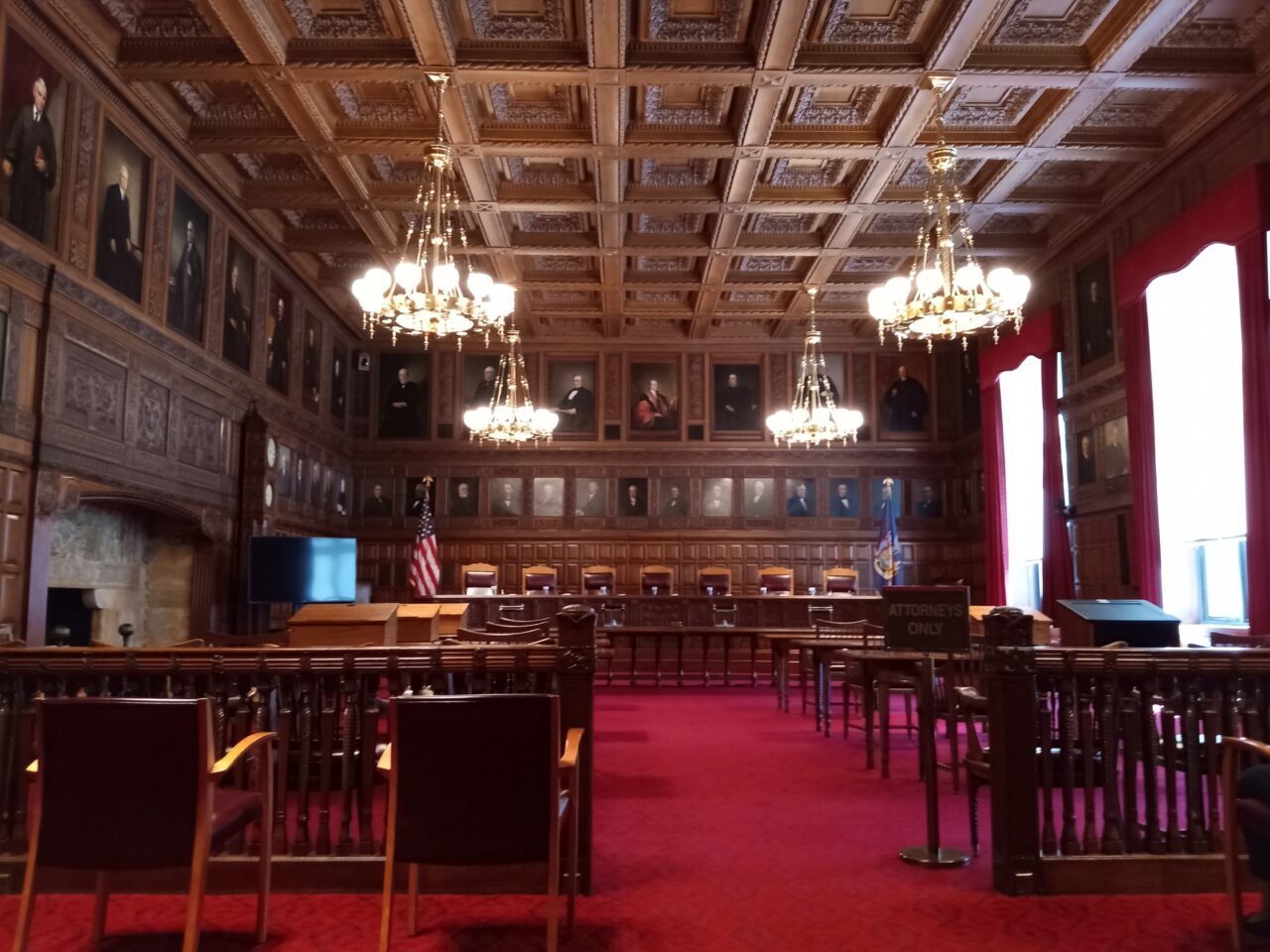How OCA Plans To Move Dockets Forward
11.1.2021
Chief Judge Janet DiFiore said the courts cannot and will not use the public health crisis as an excuse for mounting backlogs.
“We have an obligation to move and resolve cases efficiently and promptly, and we are determined to get back to the outstanding progress that we were making under the excellence Initiative to manage our dockets efficiently and effectively,” said DiFiore.
Although the six-foot social distancing restrictions remains in courthouses, DiFiore said court leaders and managers are working diligently with judges and staff to creatively and responsibly maximize trial capacity: using available courtrooms in nearby courthouses, repurposing existing courthouse space and finding new ways to increase jury trials and in- person productivity.
The court is reaching out to state government leaders to discuss reasonably modifying current social distance rules to reclaim additional space that will increase trial capacity.
“We know that maintaining a robust trial capacity is critical not only to the effective management of our dockets but to ensuring full and timely access to justice,” said DiFiore. “When lawyers and litigants know that judges are ready to try their cases, they are fully incentivized to consider the advantages of negotiating settlements and plea bargains. That’s how our system works, and that’s how we’re going to move our dockets.”
DiFiore also noted that the courts have received an excellent response with almost 100% of judges and staff having submitted proof of vaccination or requested an exemption.
“It is precisely because our judges and court staff have acted responsibly to ensure a safe environment that we have been able to carefully but steadily expand our in-person operations and increase the number of in-person jury trials, bench trials and other proceedings that are being heard in our courthouses,” said DiFiore.
Lemmon exhibit
An historic exhibit that tells the story of the “Lemmon Slave Rescue Case,” a series of 1850s decisions by the New York State courts that ordered the release of eight enslaved people, including six children, officially opened in the Westchester County courts today.
The Court of Appeals’ ruling in that case was in direct conflict with the Supreme Court’s infamous Dred Scott decision of 1857, and it represented one of the most strident anti-slavery decisions made by any court in the United States prior to the Civil War.
Over the next 90 weeks, the Lemmon exhibit will travel to 45 courthouses in every Judicial District of the state to showcase the historic role of the New York State courts in upholding fundamental rights and ensuring equal justice under law.
Pro Bono Week
The Court’s Office for Justice Initiatives last week partnered with NYSBA and the New York County Lawyers Association to host a virtual awards ceremony honoring 22 law firms, lawyers and law students. The awards are for pro bono service that made a significant difference in the lives of low-income individuals and families.
DiFiore said she was especially proud of the seven “attorney emeritus” volunteers who were honored for providing urgently needed legal services during the pandemic, and of the attorney volunteers in the “Housing Court Guardian Ad Litem Program” who provided critical legal aid and representation to mentally and physically impaired litigants in the New York City Housing Court during the public health crisis.
Almost 100 other volunteers received certificates recognizing their service in pro bono projects administered by the Office of Justice Initiatives and the Attorney Emeritus Program.
Upcoming CLE Webinars
Wednesday, November 3 – Criminal Defense Appeals: The Cutting Edge
Wednesday, November 3 – Domestic & Financial Abuse: Advising Clients When Facing The IRS
Wednesday, November 3 – How Changes To New York’s Law Of Lawyering Would Impact Article 15 Of The Judiciary Law
Latest NYSBA.ORG News
We are adding interesting new content each day to our website.
A new blueprint for solo and small firm lawyers to best navigate times of crisis has been issued by the NYSBA Emergency Task Force for Solo and Small Firm Practitioners.
NYSBA’s House of Delegates approved a report issued by the Association Task Force on Attorney Well-Being. The task force recommended that law firms should cap billable hours at 1,800 and make sure lawyers take all their vacation time. Law school students should be required to study attorney well-being. And the judiciary should standardize rules and offer virtual hearings to reduce stress on lawyers.





